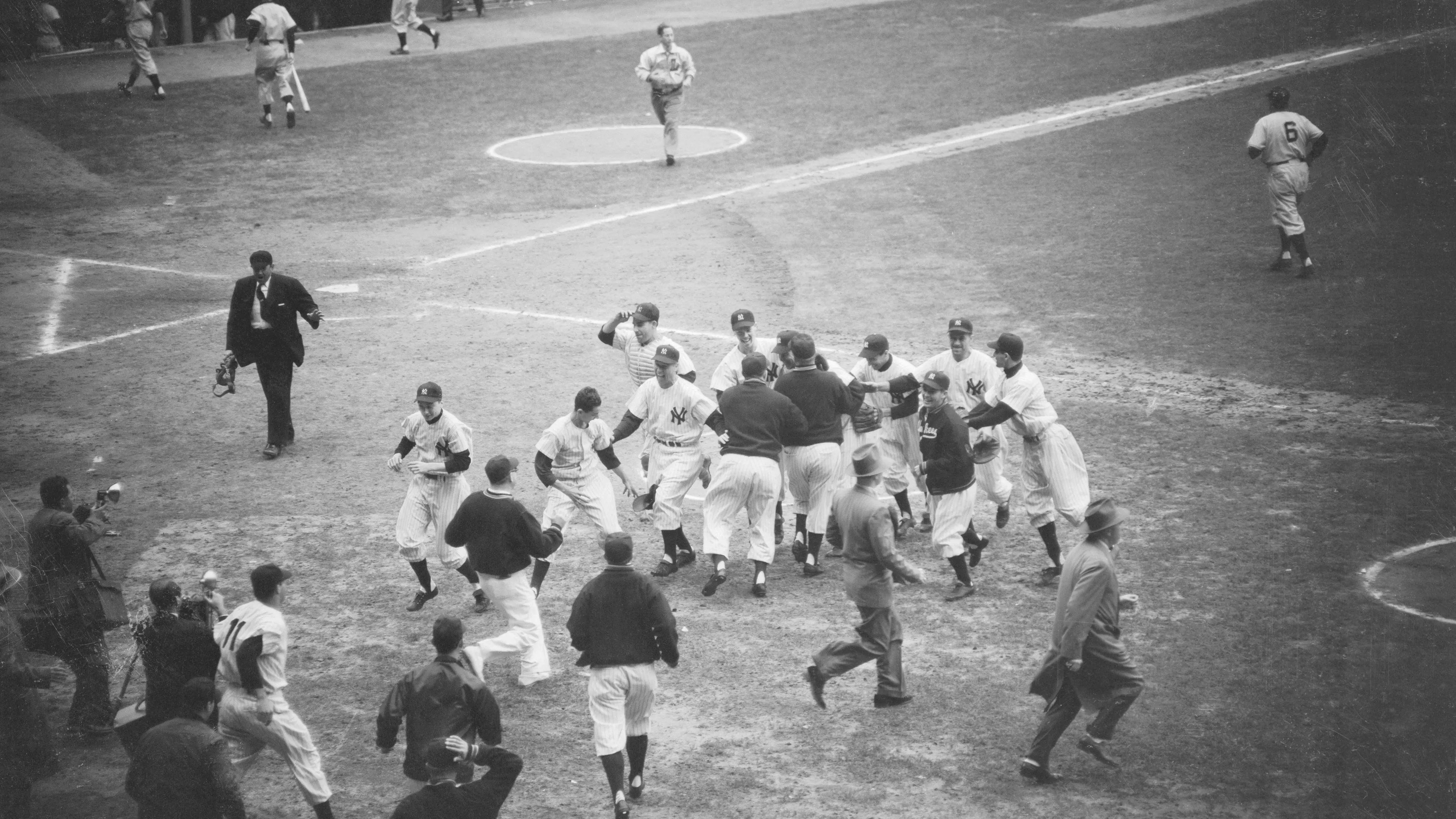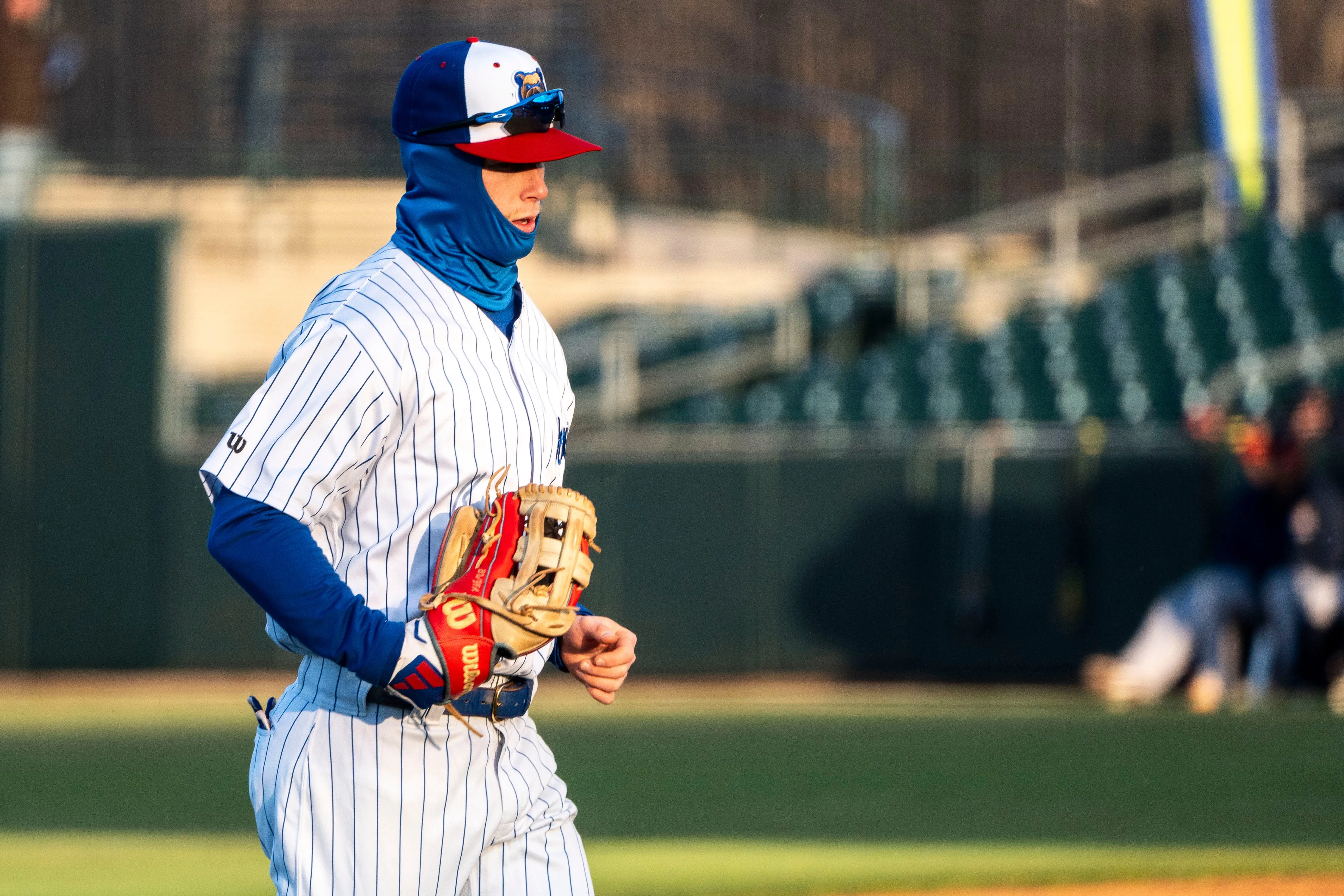
For five years, Hector Santiago toiled in the White Sox farm system making a slow, gradual climb from Bristol to Kannapolis to Winston-Salem to Birmingham. Selected by the White Sox in the 30th round of the 2006 draft, he was concerned that he had reached his ceiling in the organization. He was good, not great. Translation: nothing special. Where will that get you? Usually not the majors. More often baseball's graveyard, where thousands of careers eventually go to die.
Santiago saw his baseball future and was concerned it would soon be on life support. So at the start of the 2011 season, he did something about it.
"I had nothing to lose," Santiago said in an interview inside the visiting clubhouse in Texas. "I was going into my fifth season as a minor league player and I was like, 'Let's try to get something in my arsenal that can make me better, get me noticed a little more and stand out.'"
The solution for Santiago was to learn how to throw a screwball, a deceptive and difficult pitch to master which breaks in the opposite direction of a curveball. Thrown by a lefty like Santiago, it goes from right to left, moving down and in on a left-handed batter, and down and away to a right-hander. Thrown properly, the ball can move as much as two feet.
Christy Mathewson was the first prominent pitcher to use the screwball in the early 1900's. Carl Hubbell threw it in the 1934 All-Star Game when he famously struck out five future Hall of Famers in a row: Babe Ruth, Lou Gehrig, Jimmie Foxx, Al Simmons and Joe Cronin.
Fernando Venezuela and Tug McGraw later made careers hurling the screwball. However, in the last 25 years, it's almost become a dinosaur -- pretty much extinct from the game.
Why?
MLB
Because the hand and arm movement is so unnatural, you can permanently damage your arm and elbow.
"I have a couple friends that are left-handed, but they won't get into it," Santiago said. "They're afraid of injury."
But not Santiago. He's willing to take the chance. That baseball cemetery is a few miles away. At 24-years-old, he's willing to risk it and so far he's succeeding.
In spring training, he was nothing short of dominant, giving up one run over 11 innings while striking out 13. Opposing batters routinely went back to the dugout shaking their heads in disbelief, losing Santiago's game of "Now You See it, Now You Don't."
"I guess it's been so effective because it's not really seen anymore," Santiago said. "It's something hitters haven't seen and I actually throw it for a strike, and can bury it when I want to. It's coming from the left side, and it's actually almost like a right-handed pitch."
When the White Sox arrived in Texas to start the regular season, there were rumblings that Santiago had won the job as closer, but manager Robin Ventura didn't want to announce it and put added pressure on the young rookie. Saturday night against the defending A-L Champion Rangers, the suspense came to a dramatic conclusion when Santiago entered the game in the bottom of the ninth, nursing a 4-3 lead, and pitched a perfect 1-2-3 inning for his first career save.
"This is a huge opportunity," he said after the game. "I'll do everything in my power I can to stay in this role, and succeed."
But as history proves, throwing a screwball has an expiration date, and hopefully a lot longer than a carton of milk.
"I try not to think about it," Santiago said of the injury potential. "I go in the weight room and I get my shoulder program done and try to do all the extra stuff to maintain and be able to keep doing it without getting injured. Just try to do a little extra when you have to just to prevent that."
If Santiago can stay healthy, and he continues to baffle hitters, suddenly the White Sox have quite a weapon in the back of their bullpen.
And that career that once seemed headed for a baseball obituary, will be given a brand new life.


